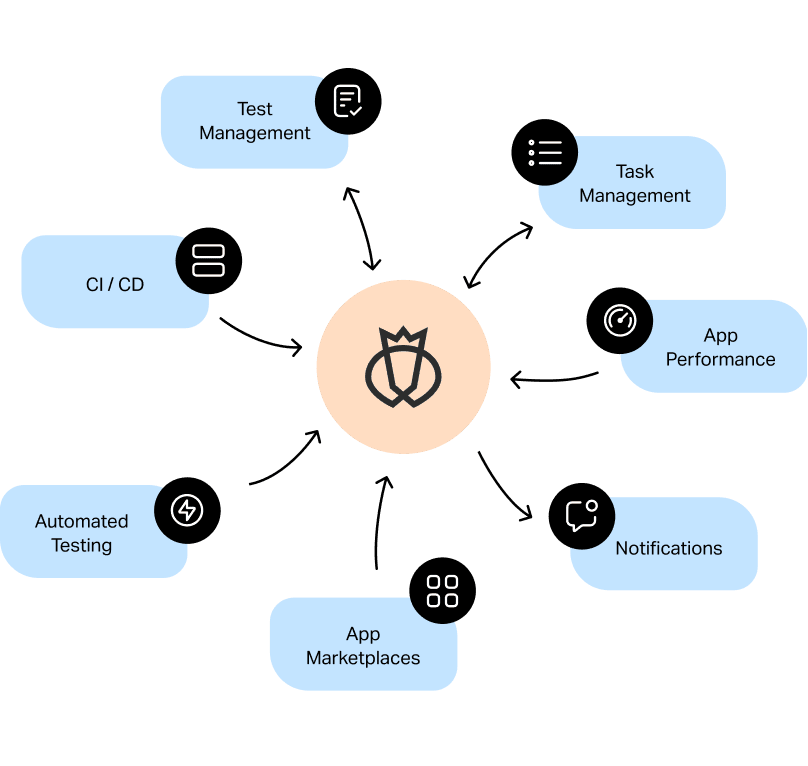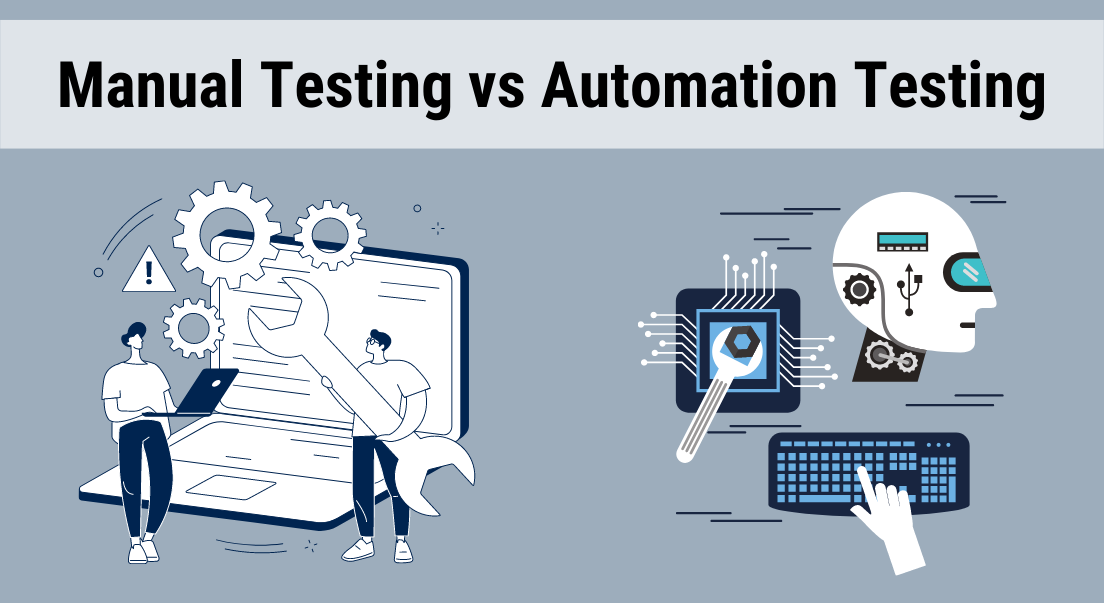From Handbook to Automated Testing: A Comprehensive Overview to Transitioning Smoothly and Effectively
In the realm of software testing, the change from guidebook to automated processes has ended up being a progressively essential transition for organizations looking for to enhance efficiency and accuracy in their testing techniques. The journey from handbook to automated testing is not without its obstacles, but when approached purposefully and with a clear plan in mind, the benefits can be considerable.
Advantages of Automated Checking
Automated screening provides many benefits, boosting performance and precision in software application growth procedures. Automated examinations can be run concurrently on numerous tools and operating systems, drastically speeding up the testing stage compared to manual testing.
In addition, automated screening makes certain a higher level of precision in spotting issues. Considering that automated examinations adhere to predefined scripts, human mistake is decreased, leading to more reliable examination results. Uniformity in screening is also enhanced, as automated examinations implement the exact same steps exactly each time they are run. This consistency is important in guaranteeing that all functionalities of the software program are extensively evaluated, minimizing the chance of undetected pests slipping through to manufacturing.
Choosing the Right Devices

To start with, evaluate your purposes and needs. Comprehend the scope of your job, the modern technologies included, and the ability of your group. This evaluation will certainly aid you determine the features and capacities you need in your testing tools.
Secondly, take into consideration the compatibility of the tools with your existing procedures and systems. Seamless integration with your current software application development lifecycle is vital to ensure a smooth shift to automation.
Furthermore, review the scalability and versatility of the tools. As your testing requires develop, the tools ought to have the ability to adjust and suit modifications efficiently.
Finally, consider the support and area around the tools. Robust support and an active customer neighborhood can provide important resources and support when implementing automated testing. By meticulously thinking about these elements, you can select the right devices that align with your demands and established the phase for a successful transition to automated screening.
Composing Efficient Test Scripts

When crafting examination manuscripts, it is necessary to take into consideration the details requirements of the software being examined and guarantee that the scripts resolve all essential performances. Clear and descriptive naming conventions for examination scripts and examination cases can boost readability and maintainability. Furthermore, incorporating mistake handling mechanisms within the test scripts can assist in recognizing and addressing problems immediately.
Furthermore, organizing examination scripts into modular parts can boost reusability and scalability, minimizing redundancy and boosting efficiency in additional reading examination manuscript maintenance. Routine testimonials and updates to evaluate scripts are critical to keep speed with developing software application demands and functionalities. By complying with these principles, testers can produce effective and durable examination manuscripts that add considerably to the success of automated testing procedures.
Integrating Automation Into Workflows
By perfectly integrating automated screening devices like Selenium here or Appium right into the software application development lifecycle, teams can attain faster responses on code adjustments, leading to quicker insect detection and resolution. This integration allows for continual testing throughout the advancement procedure, guaranteeing that any kind of concerns are recognized early on, resulting in higher software program high quality. Correct assimilation of automation tools needs cooperation in between advancement, screening, and operations groups to establish a unified operations that optimizes efficiency and performance in providing premium software application items.
Guaranteeing a Smooth Shift
Effectively transitioning to automated testing includes precise planning and careful implementation to minimize disturbances and make the most of effectiveness in the software application advancement process - automation testing. To ensure a smooth change, it is important to start by performing a detailed analysis of the present testing procedures and determining areas where automation can bring one of the most substantial advantages. Engaging with all stakeholders at an early stage in the process, including developers, testers, and job managers, is critical for garnering assistance and buy-in for the automation initiative
Interaction is key during this change phase. Clear interaction of the goals, benefits, and assumptions of automated testing assists to manage any kind of resistance or concerns that may develop. Furthermore, providing sufficient training and sources for staff member to upskill in automation tools and techniques is vital for making certain a successful shift.

Conclusion
To conclude, transitioning from handbook to automated testing supplies countless advantages, consisting of increased effectiveness and dependability. By picking the suitable tools, writing reliable test scripts, More Info and incorporating automation flawlessly right into process, companies can guarantee a smooth and effective shift. It is vital to embrace automation as an important possession in software program screening procedures to boost total quality and efficiency.
In the world of software application screening, the shift from guidebook to automated procedures has actually ended up being a progressively essential change for organizations looking for to enhance efficiency and accuracy in their screening techniques. Automated examinations can be run at the same time on several tools and operating systems, substantially speeding up the screening stage compared to hands-on testing. Uniformity in screening is additionally enhanced, as automated tests carry out the same steps specifically each time they are run.To ensure the successful execution of picked testing devices, the development of efficient test manuscripts plays a crucial function in verifying the performance and performance of automated procedures - automation testing. By following these concepts, testers can develop robust and efficient test manuscripts that add considerably to the success of automated screening processes
Comments on “Just How Automation Testing Transforms Quality Control Processes”